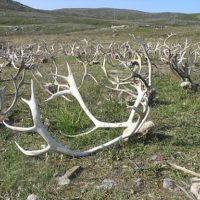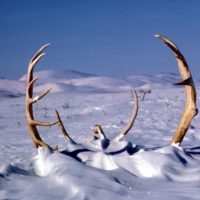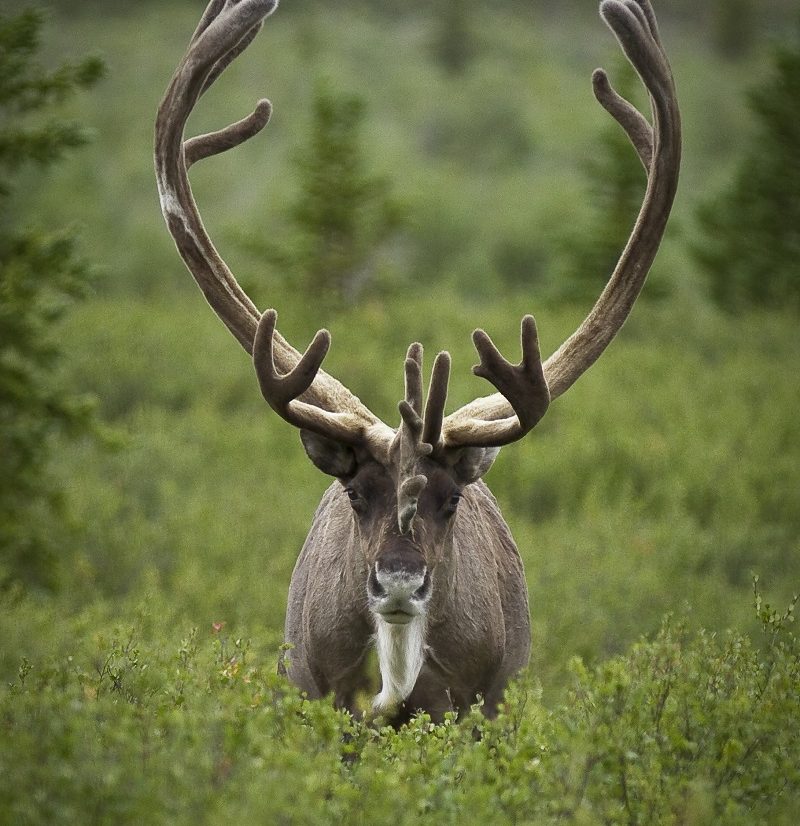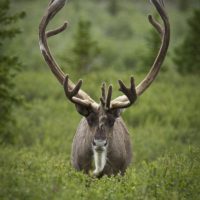Antlers have fascinated man for hundreds of years. Perhaps on some subconscious level, we recognize how unique and complex they are. Antlers are found in deer. There are upwards of 43 species of deer in the Cervidae Family including moose, caribou, elk, muntjacs and wapiti. The subsequent re-growth of antlers during the spring and summer months is spectacular and represents one of the fastest rates of organogenesis in the animal kingdom. No other mammal can naturally regenerate any lost organ, let alone anything as large and complex as an antler, e.g. the antlers of a 200-kg adult red deer may weigh as much 30 kg but take only 3 months to grow. Learn about the physiology of antler growth, the components that cause variation, and how research using antlers could change how we treat some diseases.
PRESENTER BIO: Jeannine Fleegle has worked with white-tailed deer in 3 states over the last 20 years. She joined the Pennsylvania Game Commission’s Deer & Elk Section in December of 2004 and is a certified wildlife biologist through The Wildlife Society.
Fleegle earned her bachelor’s degree in environmental science from the University of New England and her master’s degree in fisheries and wildlife science from North Carolina State University. Prior to joining the Game Commission, Fleegle was a natural resource specialist for the Minnesota Department of Natural Resources, coordinating and managing the state’s Chronic Wasting Disease (CWD) surveillance program.
As part of the Deer & Elk Section, Fleegle is responsible for public outreach and communications producing numerous Game News articles, blog posts, brochures, and other outreach materials on a variety of topics related to white-tailed deer. Her other areas of expertise include urban deer management; chronic wasting disease management; and development of annual deer population assessments.




